How to Remove Harmonic Balancer Without a Puller?
This guide will show you step by step on how to remove harmonic balancer without a puller. Removing a car engine harmonic balancer may vary depending on the type of your vehicle. But, they follow the same procedures and this guide pertains to most vehicles.
What is a Harmonic Balancer?
A harmonic balancer or vibration damper prevents the strong forces created by the engine from shaking the engine apart. It is connected to the front of the engine crankshaft and is designed to reduce vibration.
The balancer has two separate pieces. One is a mass which is bolted to the crankshaft and the other is the energy dissipating component which is separated by a rubber insulator.
The rotating mass absorbs vibration produced from the crankshaft as the engine runs. Most of the engines have a harmonic balancer. Due to the stress and strain that the balancer carries the unit can crack or separate. If the front main seal did not function well, it will cause an oil leak. This can be resolved by removing the balancer.
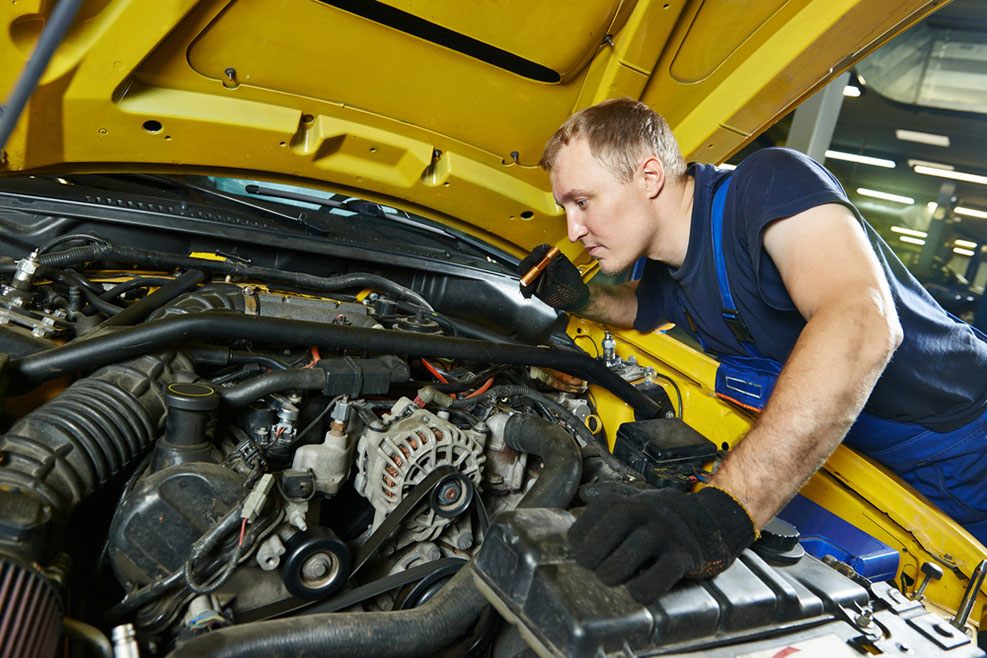
Signs Your Harmonic Balancer Needs a Replacement
Here are some signs that indicate your harmonic balance needs to be replaced:
1. Incorrect Timing Marks
The timing marks will move once the outer ring has separated from the inner ring. This can be noticed when comparing the timing marks on the valve train.
2. Damaged Edges on the Belt
The outer ring moves a lot that the grooves are no longer aligned with the other accessories pulleys. The grooves of the pulley may result in uneven wear or polishing.
3. Engine Vibration
If you are having an odd engine vibration and no misfire codes, inspect the dampener for damage.
4. Damage in transmission
If the balancer cannot absorb crankshaft vibration, the damaging forces will start attacking the transmission. The vibration could affect the input shaft, planetary gears, bearings and a lot more. On vehicles with bigger displacement engines and manual transmissions, the gears in the differential can be affected.
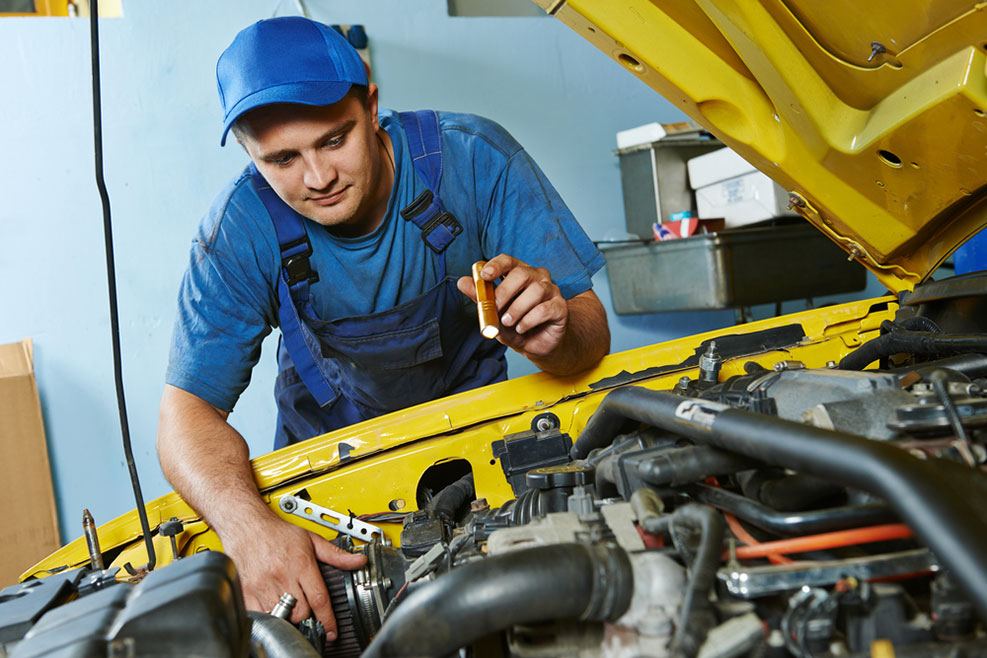
5. Alternator or Power Steering Pump Malfunction
A decoupler pulley or belt tensioner can handle only so much vibration before the bearings inside are damaged. While the balancer may only flex one degree or two degrees, it requires a lot of strain off attached parts.
6. Squeaking Sound
A damaged balancer can produce a squeaking sound when it rotates, and it will not stop even if you have applied enough belt dressing.
7. Elongation of the balancer keyway
If the keyway presents any sign of play or damage, the crankshaft balancer is damaged.
8. Irregular Idle
A balancer is designed to work together with different engine speeds. The dampeners are functioning the hardest during idle. In case the balancer failed, the idle might fluctuate as the dampening mass moves.
The Things You Need:
- Wrenches
- Eyeglasses
- Working gloves
- Durable strap (to help in pulling)
- Screwdrivers
- Pickle Fork
- Set of sockets
- Chisel
- Hammer
- Floor jack
- Jack strands
Steps on How to Remove the Harmonic Balancer
Before you start with the work, make sure that the vehicle is level on the ground. The engine is off and the parking brake is set. If needed, you can safely lift the vehicle in the air. Put on your safety gears, the working gloves, and eyeglasses to protect your eyes.
Step #1 – Remove the Serpentine Belt to Access the Harmonic Balancer
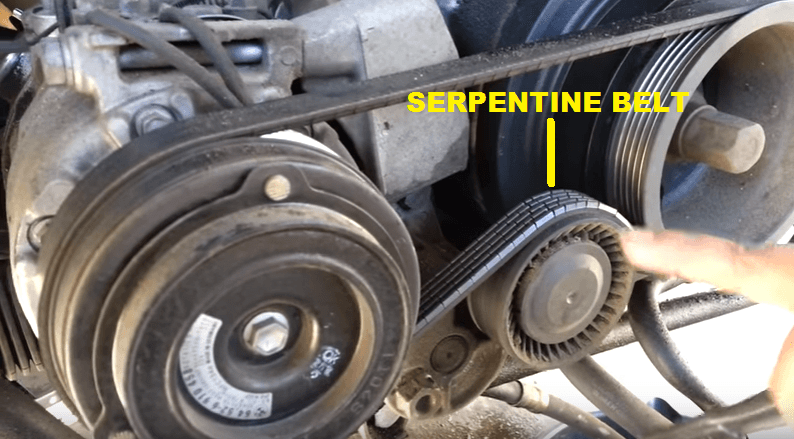
Image Source: youtube.com
Remove the serpentine belt first to access the harmonic balancer. First, remove the engine covers, plastic guards or shrouds that cover the working area. Find the serpentine belt which is under spring tension to put pressure on the belt to keep it secured.
With a wrench push the tensioner in the opposite direction of the spring to release it. As soon as the tensioner is released move the belt off the closest pulley. You can remove the serpentine belt from the bottom pulley and on other pulleys and accessories.
The serpentine belt is also referred to as a drive belt or an accessories belt. It helps in providing power in the individual system external to the car’s engine like the air conditioner, compressor, alternator and other systems. There are some vehicles with more than one serpentine belt to divide the tasks among the belts. Because of this, it is considered as a vital part of the engine system.
Step #2 Locate the Center Bolt
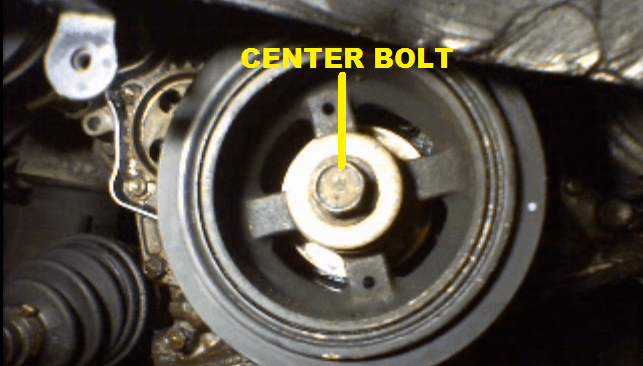
Image Source: youtube.com
The center bolt holds the harmonic balancer in place and it is located in front of the crankshaft. The bolt is very tight that you need to use other tools to loosen it.
Step #3 Remove the Center Bolt Using a Socket

Image Source: YouTube.com
Rotate the socket to loosen the bolt. If this does not work, you can just place the socket firmly and start the engine to help rotate and loosen the bolt. This is very effective in removing a tightly fitted bolt.
Step #4 Remove the Pulley
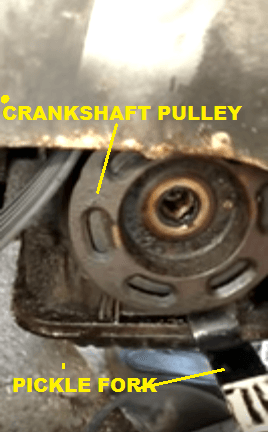
Image Source: YouTube.com
If your vehicle is equipped with a pulley, you need to remove it first to expose the harmonic balancer. In removing a tight pulley, you can use a pickle fork to pull it and then use a screwdriver to rotate it a bit. Repeat the process until you finally remove the pulley.
Step# 5 Using Durable Straps to Remove the Harmonic Balancer
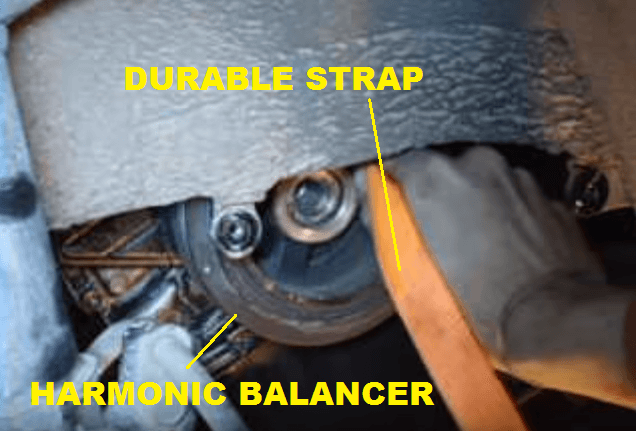
Image Source: youtube.com
If you don’t have a puller or you don’t want to buy it, you can use a durable strap in pulling it. Simply insert the strap in the space and around to position the strap firmly around the center of the balancer. Then secure and pull the strap to remove the pulley. It will surely do the trick. Then replace the damaged harmonic balancer.
Final Words
Removing the harmonic balancer without a puller is not that easy. But, there are other ways on how to remove a harmonic balancer without a puller. In this guide, the balancer is removed using a durable strap to pull it out. If you find this guide helpful to you, feel free to share it with others.
Relax after tiring working hours.
If you have trouble sleeping, choose a quick sleep guide to have the best energy the next day.
